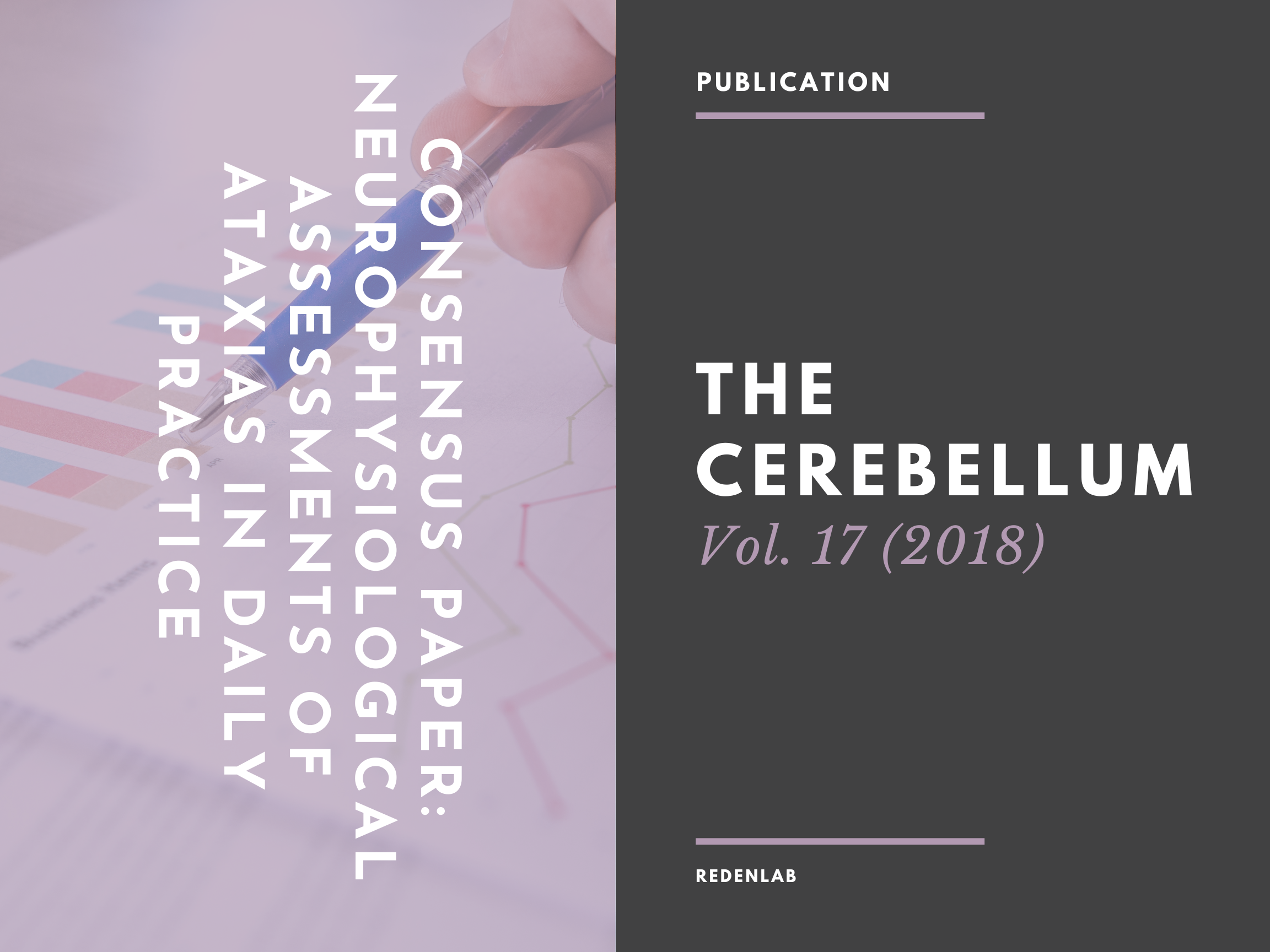SCIENCE: Consensus paper: Neurophysiological assessments of ataxias in daily practice

The purpose of this consensus paper is to review electrophysiological abnormalities and to provide a guideline of neurophysiological assessments in cerebellar ataxias. All authors agree that standard electrophysiological methods should be systematically applied in all cases of ataxia to reveal accompanying peripheral neuropathy, the involvement of the dorsal columns, pyramidal tracts and the brainstem. Electroencephalography should also be considered, although findings are frequently non-specific. Electrophysiology helps define the neuronal systems affected by the disease in an individual patient and to understand the phenotypes of the different types of ataxia on a more general level. As yet, there is no established electrophysiological measure which is sensitive and specific of cerebellar dysfunction in ataxias. The authors agree that cerebellar brain inhibition (CBI), which is based on a paired-pulse transcranial magnetic stimulation (TMS) paradigm assessing cerebellar-cortical connectivity, is likely a useful measure of cerebellar function. Although its role in the investigation and diagnoses of different types of ataxias is unclear, it will be of interest to study its utility in this type of conditions. The authors agree that detailed clinical examination reveals core features of ataxia (i.e., dysarthria, truncal, gait and limb ataxia, oculomotor dysfunction) and is sufficient for formulating a differential diagnosis. Clinical assessment of oculomotor function, especially saccades and the vestibulo-ocular reflex (VOR) which are most easily examined both at the bedside and with quantitative testing techniques, is of particular help for differential diagnosis in many cases. Pure clinical measures, however, are not sensitive enough to reveal minute fluctuations or early treatment response as most relevant for pre-clinical stages of disease which might be amenable to study in future intervention trials. The authors agree that quantitative measures of ataxia are desirable as biomarkers. Methods are discussed that allow quantification of ataxia in laboratory as well as in clinical and real-life settings, for instance at the patients’ home. Future studies are needed to demonstrate their usefulness as biomarkers in pharmaceutical or rehabilitation trials.
Click here for more details.
